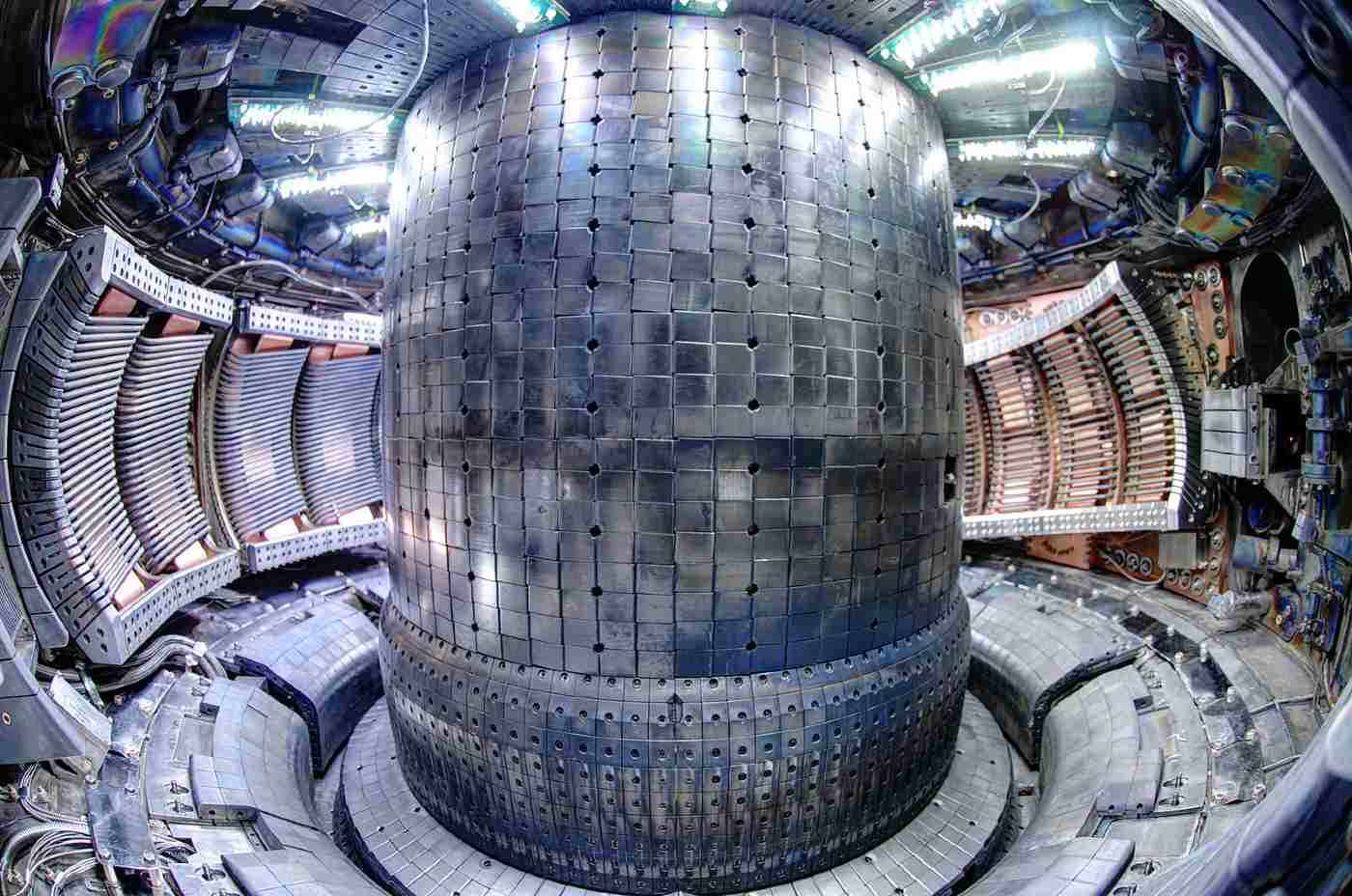'Orion's Fireplace': Flame Nebula is Ablaze With Color and Captured in Stunning New Images
The European Space Agency have taken stunning images in radio, infrared, and optical light of the Flame Nebula exploding with color.

At the headquarters of China's most powerful nuclear fusion reactor, Chinese scientists rang in the new year by setting a world record for the longest-sustained operation of such a reactor, beating a world record they set last year 10 times over.
China's record-breaking Experimental Advanced Superconducting Tokamak (EAST) in Heifei managed to heat plasma to 120 million Fahrenheit, or 70 million Celsius, for around 17.5 minutes-the longest any nation has ever been able to contain a super-heated plasma.
The relevance is two-fold. First, the longer the plasma can be contained in the reactor, the more electricity is produced, and the greater the volume of these successful tests around the world, the more the case for nuclear fusion power grows. Second, the jump in magnitude between the record set by EAST in July of 2021, and that of December 2022, shows just how fast this technology is advancing.
"We achieved a plasma temperature of 120 million degrees Celsius for 101 seconds in an experiment in the first half of 2021. This time, steady-state plasma operation was sustained for 1,056 seconds at a temperature close to 70 million degrees Celsius, laying a solid scientific and experimental foundation toward the running of a fusion reactor," said Gong Xianzu, a researcher at the Chinese Academy of Sciences Plasma Institute.
Nuclear fusion reactors are often called "artificial suns" in the media, as they replicate the way stars form and continue to generate matter. A heavy ionized gas called plasma, that makes up most of the stars in the universe, is formed in the reactor by different methods for different reactors. Currently there are many institutions pushing different models of fusion power.
EAST fires a supercharged laser at heavy hydrogen isotopes like deuterium and tritium. If ice is hydrogen in a solid form, water is liquid, and vapor is gas, plasma is what happens when you really turn the heat up. The plasma would normally dissipate and rapidly cool, but superconducting magnets replicate the intense gravitational pressure at the center of the sun to keep it contained.
Once contained under this pressure, which is tens of thousands of times stronger than the Earth's, the atomic nuclei of the hydrogen atoms overcome their magnetic resistance and push against each other under the heat to fuse, hence the name fusion.
In order for this process to generate electricity, four hydrogen atoms must fuse together to create a helium atom. Energy is released during this process which in the sun is bled off into the solar system, but in the confines of the reactor is collected for energy.
Considering the gravity and price tag of these experiments it seems valuable to question why. Nuclear fusion power generates no emissions expect for helium. Most operators are preparing to adapt seawater as a fuel source rather than uranium or plutonium, as seawater contains a bit of deuterium and tritium. Furthermore the output is extraordinary, with one liter of seawater expected to generate the same amount of electricity as 300 liters of oil.
"It's probably the last energy source we'll ever tame," Dennis Whyte, a Canadian scientist who is director of plasma science fusion center at MIT, told the Financial Post last year.
"I think of the trajectory from taming fire and it finally completes in fusion, because we'll have tamed the energy source of the stars."
HELP Good News Ignite-Share This Story With Others…
Be the first to comment